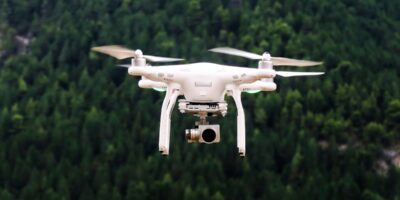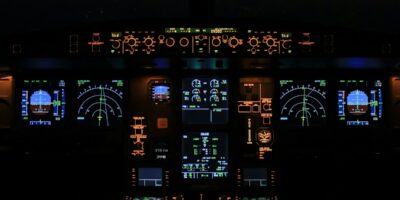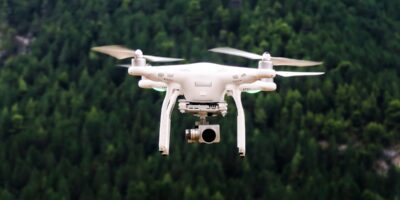Best VR Headset for Flight Sim
Virtual Reality (VR) headsets have transformed the experience of flight simulation. Immersion in a virtual cockpit enhances the realism for pilots and enthusiasts. Choosing the right VR headset for flight simming can be daunting. Here, we break down the top VR headsets to help you make an informed decision.

HP Reverb G2
The HP Reverb G2 is a favorite among flight sim fans. It boasts a resolution of 2160 x 2160 per eye. This high resolution provides crisp visuals that bring instrument panels and landscapes to life. The headset uses inside-out tracking, so you don’t need external sensors. It is comfortable for extended use, thanks to a well-padded, adjustable strap system. The field of view (FOV) is 114 degrees, providing a broad view of the skies. Its lightweight design ensures minimal discomfort during long sessions.
Oculus Quest 2
The Oculus Quest 2 is versatile and affordable. It can function as a standalone device or connect to a PC with a cable for tethered VR. It offers a resolution of 1832 x 1920 per eye. Though lower than the Reverb G2, it still delivers sharp images. The Oculus Link cable ensures smooth performance on high-end PCs. The Quest 2 supports a range of flight sims with its expansive library. Its design prioritizes comfort with an adjustable strap and balanced weight distribution. This makes it a strong contender for those looking to balance cost and functionality.
Valve Index
The Valve Index is known for its impressive FOV of 130 degrees and exceptional tracking. With a resolution of 1440 x 1600 per eye, it offers clear visuals, although not as high as the Reverb G2. The Index uses external base stations for tracking, which improves precision but requires additional setup. The headset’s build quality is robust, and it features an adjustable strap with built-in speakers for immersive audio. The finger-tracking controllers are highly responsive, aiding interaction in sims that support hand-tracking inputs.
Pimax 8K X
The Pimax 8K X stands out with its ultra-wide FOV of 200 degrees. It enhances peripheral vision, crucial in flight sims for a more natural experience. The resolution is an impressive 3840 x 2160 per eye, making it one of the highest on the market. This comes at the cost of needing a very powerful PC. It uses external base stations for precise tracking. The headset is heavier, but its adjustable strap and padding help distribute weight, ensuring comfort. The large FOV and high resolution make it an excellent choice for serious flight sim enthusiasts.
Sony PlayStation VR
For those using PlayStation for flight sims, Sony’s PlayStation VR is a viable option. Although its resolution of 960 x 1080 per eye is lower than others, the display quality remains good for casual simming. It leverages PlayStation’s existing ecosystem, making it easy to set up and use. The comfort level is high due to a well-balanced design and adjustable headset. Though it can’t compete with high-end PC VR headsets in resolution or FOV, its accessibility and ease of use make it a popular choice.
Varjo VR-3
The Varjo VR-3 targets professional use with its exceptional visual fidelity. It achieves human-eye resolution with a stunning 1920 x 1920 per eye for the focus area, and 2880 x 2720 per eye for the peripheral area. This dual-resolution system offers unparalleled clarity for reading fine texts on instruments. The headset employs external tracking and requires a strong PC setup. Its mixed reality capabilities provide additional functionality for advanced users. This VR headset is an investment but delivers unmatched performance for those who seek the best visual quality.
Samsung Odyssey+
The Samsung Odyssey+ offers a good balance of quality and cost. It features a resolution of 1440 x 1600 per eye and inside-out tracking. Its Anti-SDE (Screen Door Effect) technology enhances image quality by minimizing gaps between pixels. This creates a smoother visual experience. The headset is comfortable with built-in headphones and an adjustable strap. It’s an affordable choice for those who want solid performance without breaking the bank.
Conclusion
Choosing the right VR headset for flight simming depends on your specific needs and budget. Each headset offers unique features catering to different preferences. High resolution, wide field of view, and comfort are key factors to consider. Evaluate your priorities and equipment compatibility for the best flight simulation experience.



Subscribe for Updates
Get the latest articles delivered to your inbox.
We respect your privacy. Unsubscribe anytime.